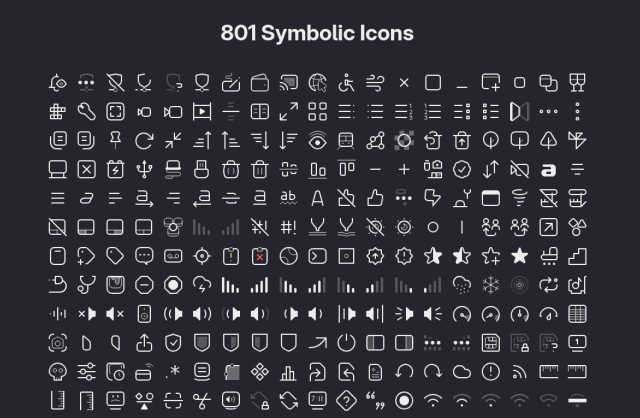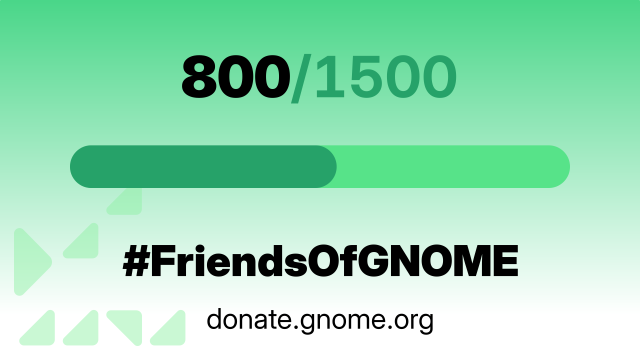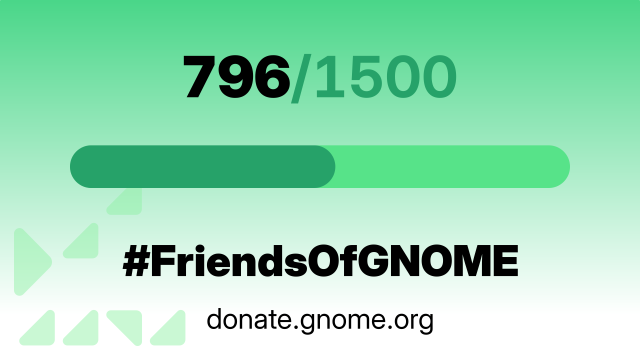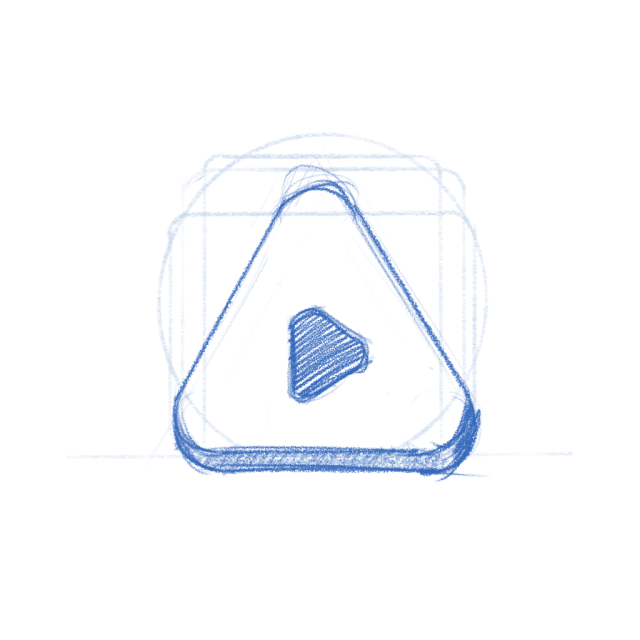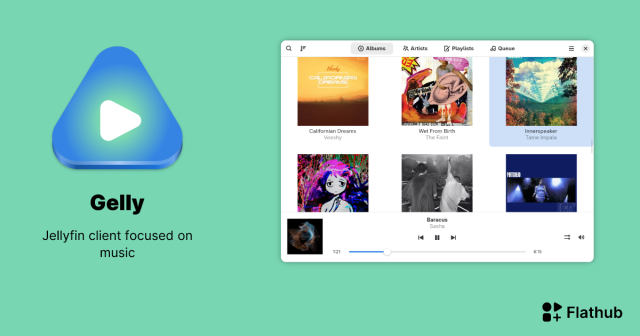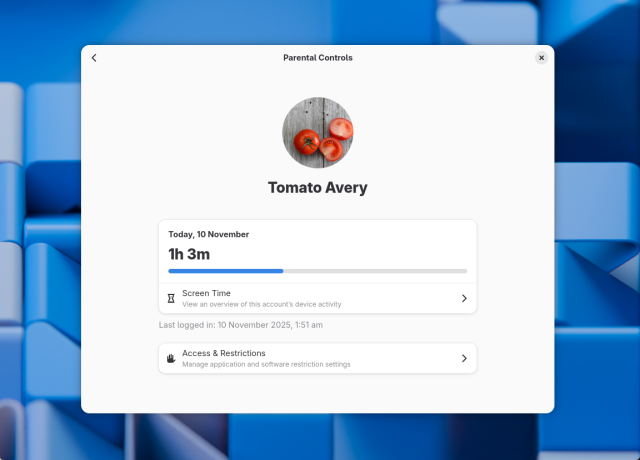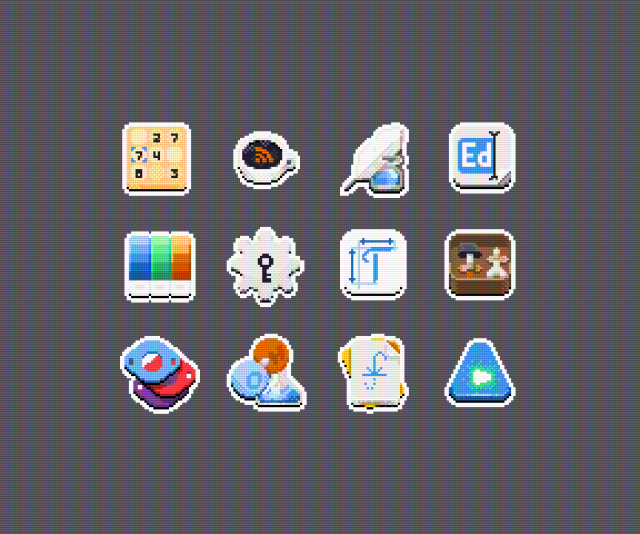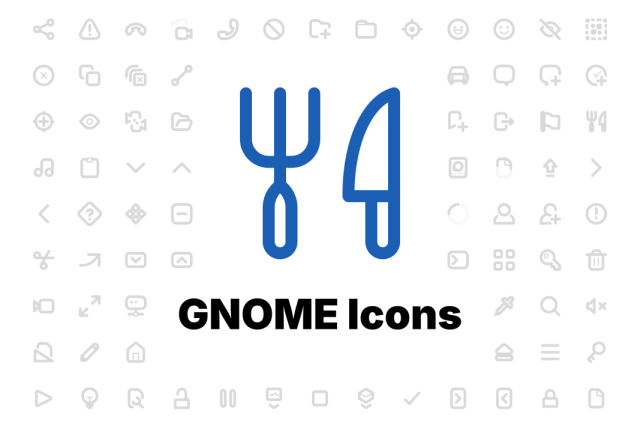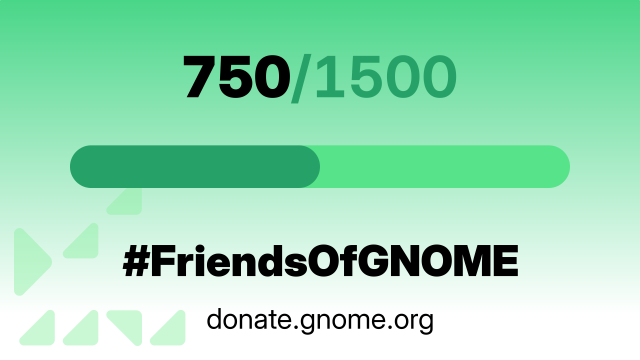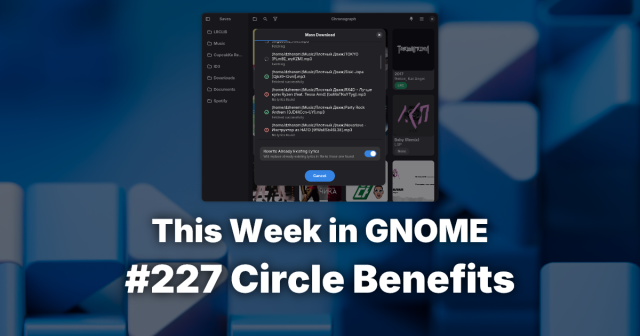GNOME.Asia 2025 is live in Tokyo, Japan! The two day event has a fantastic schedule of talks and workshops.
If you can’t attend in person, the sessions can also be viewed remotely; head over to the online registration to sign up and follow along:
events.gnome.org/event/303/reg…
#GNOME #GNOMEAsia #GNOMEAsia2025 #OpenSource #FOSS #Linux

GNOME Asia Summit 2025
GNOME.Asia Summit is the featured annual GNOME conference in Asia. It focuses primarily on the GNOME desktop but also covers applications and platform development tools.GNOME Events (Indico)

